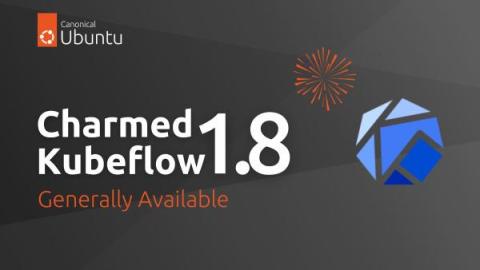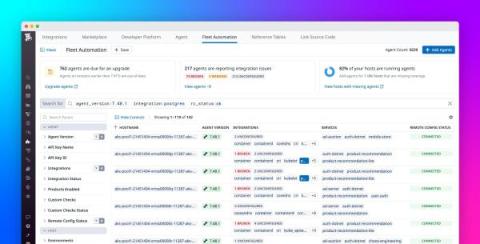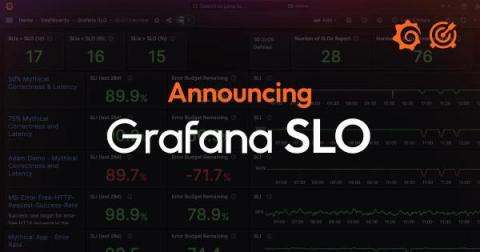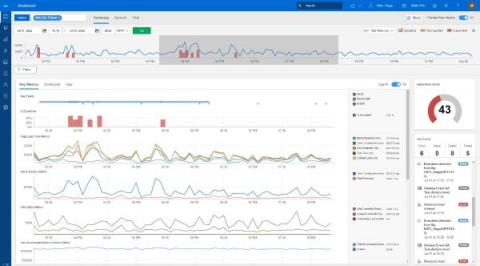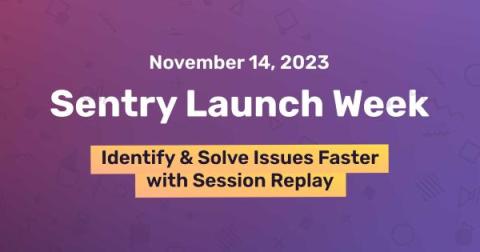Operations | Monitoring | ITSM | DevOps | Cloud
Product Release
Centrally govern and remotely manage Datadog Agents at scale with Fleet Automation
As customers scale to thousands of hosts and deploy increasingly complex applications, it can be difficult to ensure that every host is configured to give you the visibility you need to monitor your infrastructure and applications. To ensure visibility across a growing number of hosts, you need to know that your observability strategy is implemented uniformly across your entire fleet of Datadog Agents installed on these hosts.
Kublr Release 1.27
Kublr team is happy to announce the new release 1.27, which we have been carefully crafting in previous months. At Kublr, we support six different versions of Kubernetes and a bunch of different clouds, so our team is focused on thoroughly testing each changed component and maintaining backward compatibility.
NiCE VMware Management Pack 5.7
In the dynamic realm of virtualization management, the latest release of the NiCE VMware Management Pack is bringing new, much-desired monitoring features to the SCOM admin table. Packed with a slew of powerful features and enhancements, this release promises to enhance the monitoring capabilities for Microsoft System Center Operations Manager (SCOM) and Azure Monitor SCOM Managed Instance.
Announcing the Splunk Add-on for OpenTelemetry Collector
Beta Announcement: Bring Your Own Kubernetes with Qovery
Introducing Responsive Pipelines from Mezmo
The ability to swiftly resolve incidents is central to SREs responsible for a service's reliability and its users' satisfaction. Mezmo has recognized this need and, at Kubecon, unveiled an innovative solution: Mezmo Responsive Pipelines. Responsive Pipelines enable users to pre-configure a Pipeline to respond automatically in the case of an incident.
Set and scale service level objectives in Grafana Cloud: Introducing Grafana SLO
When we began offering Grafana Cloud Metrics, we set a service level agreement (SLA) for 99.5% of requests to be completed within a few seconds. So we built an alert that would go off if more than 0.5% of requests were slower than a couple of seconds within a five-minute moving window. Sounds reasonable, right?
The Future of Operations: AI-powered Internet Performance Monitoring
At Catchpoint, our philosophy is that AI should not be adopted simply for the sake of AI itself. Instead, it should be embraced when it proves to be the most effective solution for addressing a particular business challenge. While the world is currently in the fervor of the oncoming AI revolution, our industry-leading IPM platform has quietly harnessed the potential of Artificial Intelligence for years.
Not Every Problem is an Error: Introducing Rage and Dead Clicks + New User Feedback Reports
I know, we’re Sentry the error and performance monitoring platform and we catch production issues. But as you (hopefully) saw during our Launch Week announcement, some broken experiences simply won’t throw an exception. So we built a way to detect when your users are slamming their keys on the keyboard in frustration, and to even let them contact you directly when that doesn’t go their way.


